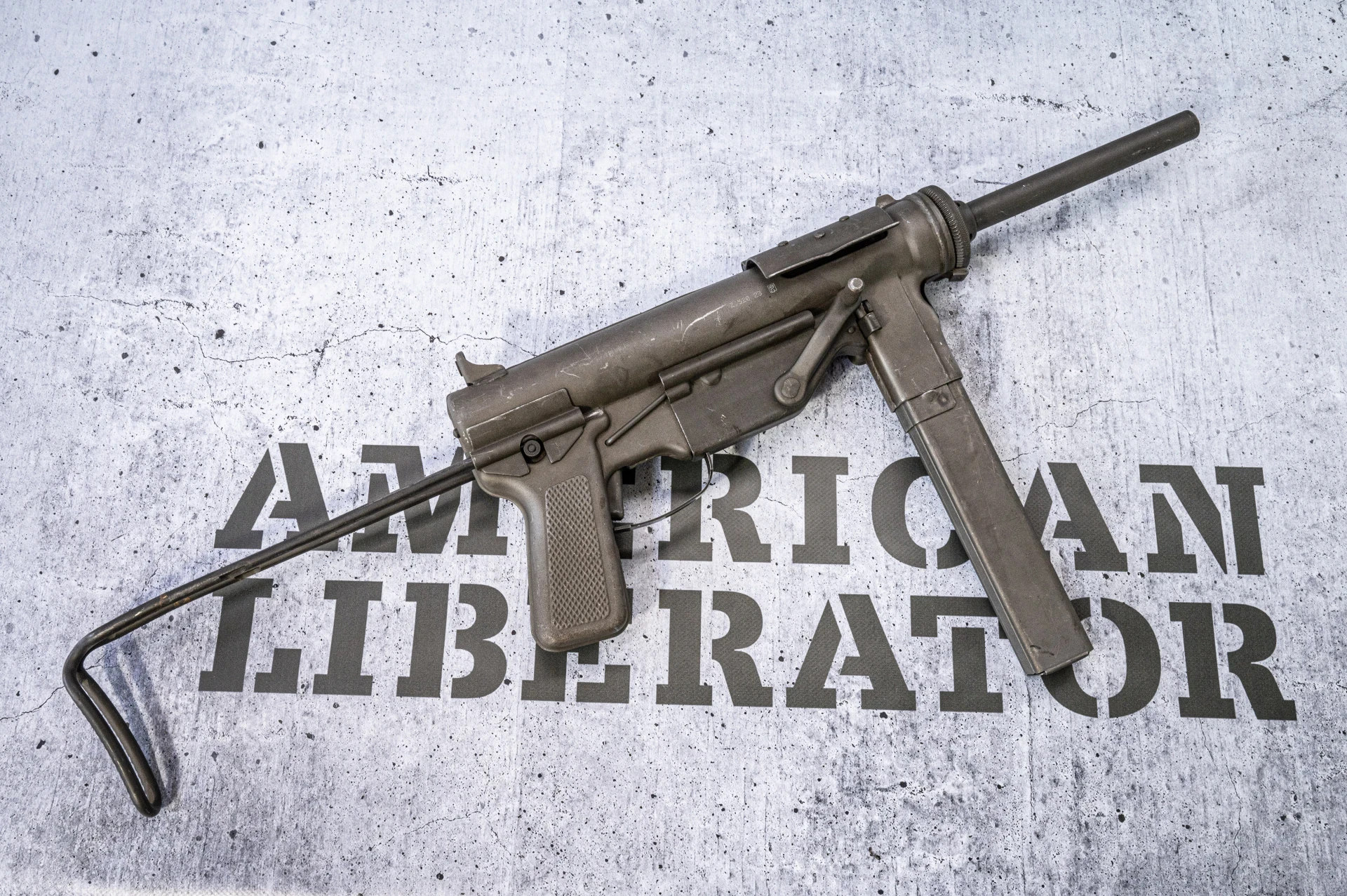- About us
- Photogallery
- Shooting Experiences
- Shooting courses
- E-shop
- Team building
- Shooting ranges
- Museum
- Contacts
M3 Grease Gun submachine gun
Related guns
-

STEN Mk. II Submachine Gun
-

STERLING L2A3 submachine gun
-
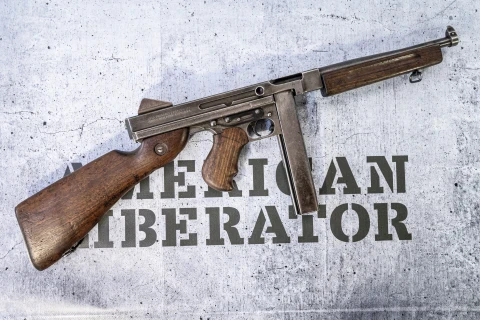
Thompson M1A1 submachine gun
-
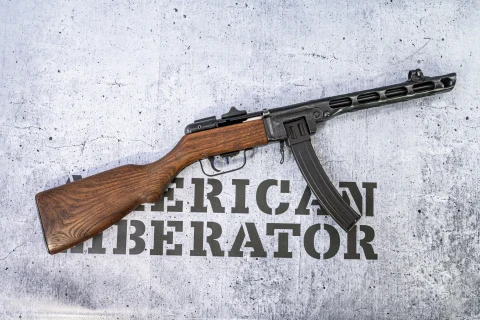
PPSh-41 submachine gun
-
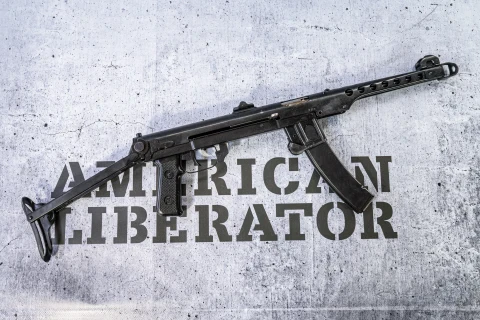
PPS-43 Sudajev submachine gun
-

UZI-S submachine gun
-

IMI MICRO UZI Submachine Gun
-
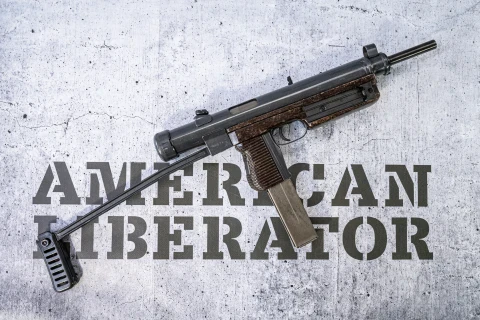
VZ. 26 submachine gun
-
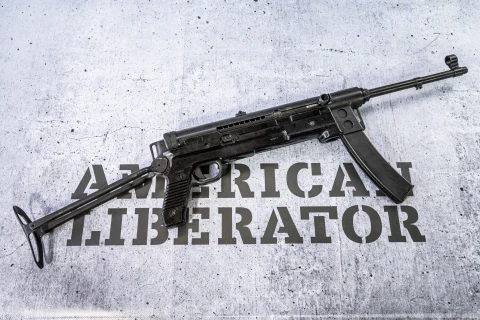
ZASTAVA M56 Submachine Gun
-

Beretta M38/49 submachine gun
-
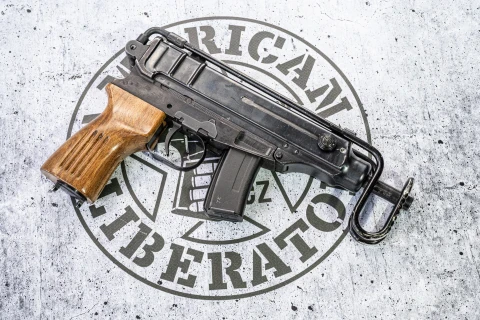
Scorpion vz. 61 submachine gun
-
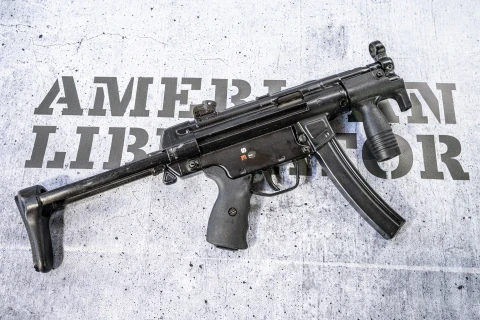
MP5k submachine gun
-
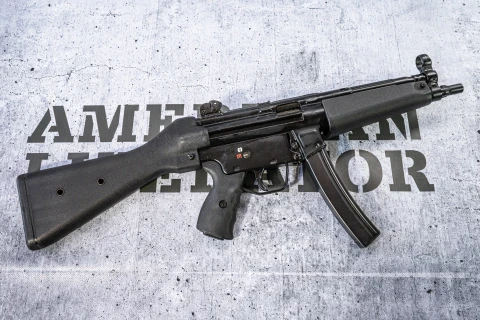
MP5 A2 submachine gun
-
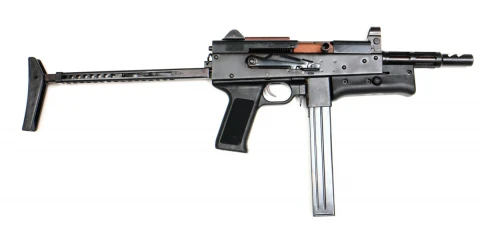
Cugir LP7 submachine gun
-

Kolarms PHOENIX submachine gun
You can find this weapon in these packages
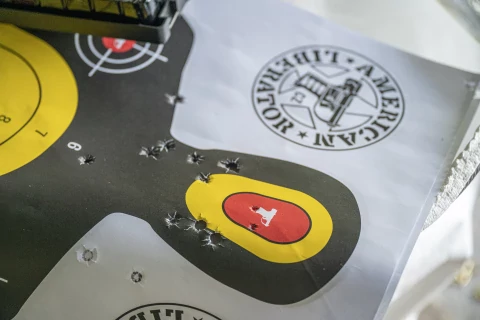
Custom Package
From 1 500 Kč

Game and Movie Package BASIC
1 989 Kč

Game and Movie Package EXCLUSIVE
3 899 Kč
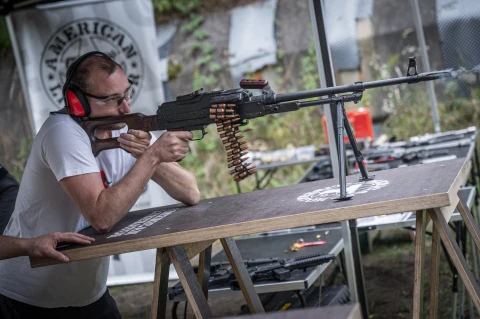
ALL INCLUSIVE Package: 70 Shots
2 990 Kč
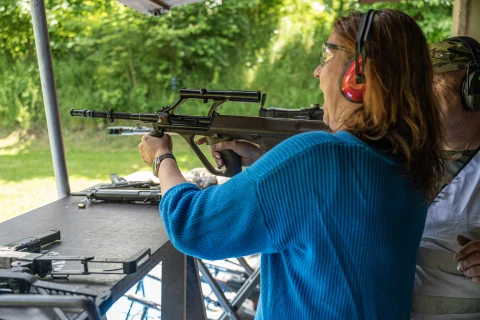
Exclusive Weapon Selection: 55 Shots
2 399 Kč

Exclusive Weapon Selection: 35 Shots
1 599 Kč

Basic Weapon Selection: 25 Shots
999 Kč
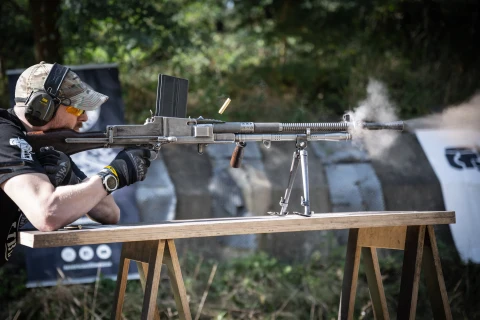
World War II Package
3 999 Kč
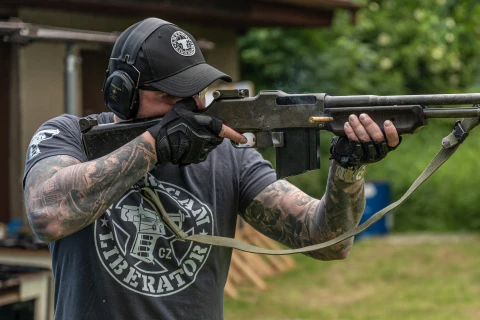
US War Weapons Package
2 499 Kč
wasp
31. 5. 2023
Luxusní přednáška o zbraních, děkujeme moc. Moc si toho vážíme že jste dojeli až k nám<3
Mike K.
24. 4. 2023
- Široký výber zbraní - Příjemní a zkušení instruktoři - Skvěle strávený čas, určitě doporučuji!
František Jarmar
24. 4. 2023
Profesionální servis a poradenství při výběru zbraní i doplňků. Doporučuji! :)
Jan Cimbalník
24. 4. 2023
Objednávka merche vyřízena a doručena bleskově. Kvalitní materiál. Oceňuji velmi profesionální přístup. Díky a doporučuji!
Filip Michl
9. 11. 2023
Skvělý firemní teambuilding s úžasným občerstvením. Doporučuji!
T K
15. 10. 2023
+ Opravdu obrovský výběr zbraní, mezi nimi i rarity na které člověk jen tak nenarazí + Profesionální a přitom lidský přístup. Velmi ochotný a příjemný personál + Je poznat, že lidé v tomhle projektu jsou skutečně srdcaři a to se odráží i na super kvalitě služeb + Rozhodně služeb využiji i příště! + Střelba ze zbraní jako Thompson M1, K98 nebo MG42/M53 byla skutečným zážitkem! - Zkrátka nemám co vytknout. - Možná jen to, že i BAR 1918 by mohli mít v nabídce. Ale to je jen maličkost... :)
David Karasek
30. 5. 2023
Instruktoři odpověděli na všechny mé dotazy a vše co mě zajímalo vysvětlili a předvedli. Informace které jsem se zde dozvěděl, mě určitě ve znalosti zbraní posunuly hodně dopředu. Skvělé, určitě doporučuji.
Lukáš Křen
17. 5. 2023
Výborný zážitek! Oceňuji především velký a zajímavě seskládaný výběr zbraní obsahující i méně běžné a dostupné kusy - třeba střelba z kulometu ve mně zanechala silný dojem. Kvituji opravování mých chyb při držení zbraně a střelbě samotné ze strany instruktorů, kteří byli i ochotni zodpovědět mé dotazy co jak funguje, odkud zbraň pochází, jaká je její historie apod. Rád někdy zopakuji. Žádné zásadní nedostatky nebyly, možná jen aspoň trošku počítat s časovou flexibilitou, kdy jsem na své dráze dostřílel pistole, ale na vedlejší dráze s kulomety / puškami ještě dokončoval svou střelbu jiný klient.
Martin Hegr
10. 9. 2024
Skvělý zážitek, velice příjemní lidé, velký výběr zbraní, od druhoválečných až po ty novodobé, s radostí odpoví na všechny otázky, doporučuji!
Houba II
24. 4. 2023
Velmi příjemný a akční zážitek, byli jsme překvapeni výběrem zbraní. Perfektí akce pro team building nebo adrenalinový dárek. Instruktoři příjemní a trpěliví. Neviděli jsme se naposled :o)
Jiří Dvořák
18. 11. 2023
Skvělý zážitek, profi instruktoři, velký výběr zbraní...
Robin Krčmář
10. 11. 2023
skvělí profesinonální přístup, zůčastnil jsem se teambuildingu, veliký výběr zbraní, vše nám bylo hezky vysvětleno . Krásně strávený den
